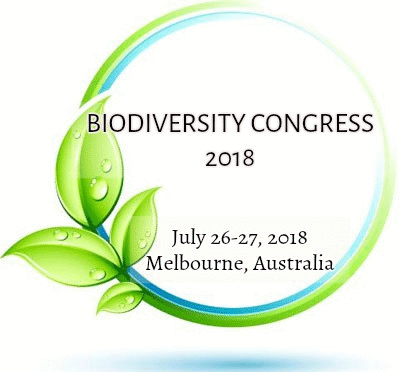
Xiyong Hou
Yantai Institute of Coastal Zone Research, Chinese Academy of Sciences, P.R. China
Title: Monitoring of land use change characteristics in coastal zone in China from 2000 to 2015 by remote sensing techniques
Biography
Biography: Xiyong Hou
Abstract
Statement of the Problem: Both the climate change and human activities have driven macro changes of land use in coastal zone in China during the past decades. Therefore, more and more attentions have been paid to the spatial-temporal characters of land use change in China’s coastal zone. However, most of these researches concerned with local or regional scales, and therefore, were lack of comparable land use hierarchies and mapping standards, which restricted the sharability of land use data and the comparability of case studies. The purpose of this study is to reveal the spatial-temporal characteristics of coastal land use in China in the early 21st century, and to put forward proposals for coastal zone management. Methodology: Landsat images captured in 2000, 2005, 2010 and 2015 respectively have been collected and visual interpretation method had been adopted for land use mapping in China’s coastal zone. In addition, a land use hierarchy contains 8 first-class and 24 sub-class has been put forward. Findings: Farmland, forest and coastal wetland have been the most widely distributed land use type, whose area ratio came to 31.25%, 28.61% and 22.93% respectively in 2015. From 2000 to 2015, built-up and manmade wetland have increased greatly, whose growth rate came to 41.73% and 39.04% respectively, while farmland, forest, grassland, inland freshwaters, coastal saltwater and unused have been witnessed significant decrease, whose growth rate came to -5.15%, -0.54%, -3.77%, -3.00%, -2.72% and -14.55% respectively. Also, significant spatial-temporal differences of coastal land use change have been observed. Conclusion & Significance: Urbanization and industrialization have been the fundamental driving forces of coastal land use change, as the result, lots of farmland have been occupied by urban growth, and massive coastal saltwater have been reclaimed. Recommendations are made for the coastal zone management to protect the farmland, forest and coastal saltwater.

